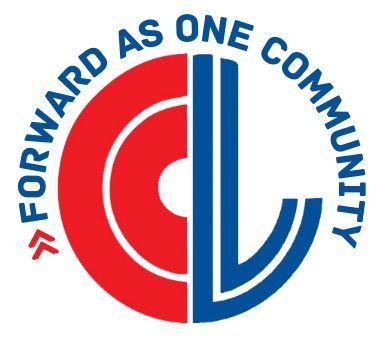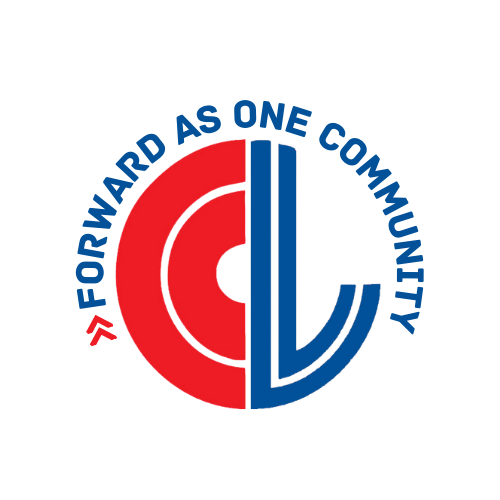Why Self-Awareness is a Critical Trait in Today’s Workplace
- Self-awareness is essential for both personal and professional growth, enabling individuals to accept feedback constructively and improve communication skills.
- Teams benefit from self-awareness as it enhances team dynamics by fostering trust, collaboration, and more efficient conflict resolution.
- A lack of self-awareness in employees can lead to a toxic work environment and undermine team trust and collaborative efforts.
- Strategies for fostering self-awareness include promoting regular feedback loops, incorporating self-assessment tools, and encouraging a growth mindset culture.
- Leaders who model self-awareness set a powerful example, promoting a company culture that values engagement, initiative, and ethical behavior.
698 ~ 4 min. read
Self-awareness is increasingly recognized as a cornerstone of professional success. In the context of leadership, it is often considered a key differentiator between high-performing teams and those that struggle with internal friction and inefficiency. A lack of self-awareness can lead to several issues, from poor communication and collaboration to a toxic work environment. Read on to learn more about the value of fostering self-awareness for both employees and leaders in any organization.
The Role of Self-Awareness in Professional Development
Self-awareness is the ability to understand one's strengths, weaknesses, emotions, and the impact of one's behavior on others. This trait is essential for personal and professional development for several reasons:
- Receiving Feedback Constructively: Self-aware individuals are more likely to accept constructive criticism without becoming defensive. They see feedback as an opportunity for growth rather than a personal attack. This mindset is crucial in fast-paced environments where adaptability and continuous learning are key.
- Improving Communication Skills: When employees are aware of their communication style, they can adjust it to suit different situations and audiences. This flexibility can lead to more effective teamwork and collaboration, as employees are better equipped to navigate interpersonal dynamics. The DiSC profile is one tool that can help you raise your own self-awareness and understand what’s best for you when it comes to inbound communication.
- Taking Responsibility for Actions: Self-aware employees are more likely to acknowledge their mistakes and take ownership of their actions. This accountability is a critical element in building trust within teams and with leadership. Nicole Lipkin, a psychologist and Forbes’ contributor, offers these tips for owning up to your mistakes at work.
Impact on Team Dynamics and Company Culture
A lack of self-awareness doesn't just affect the individual—it can ripple through teams and the entire organization. Consider the following:
- Creating a Toxic Work Environment: Employees who lack self-awareness may not realize how their negative behaviors, such as interrupting others or dismissing different viewpoints, affect team morale. Over time, this can lead to decreased engagement and productivity.
- Undermining Trust and Collaboration: Trust is the foundation of any strong team, and it is built on understanding and respect. When team members aren't self-aware, they may inadvertently undermine this trust by failing to recognize how their actions or attitudes affect others.
- Inefficient Conflict Resolution: In teams where self-awareness is lacking, conflicts may fester rather than be addressed constructively. Self-aware employees are more likely to approach conflicts with empathy and a problem-solving mindset, which can lead to quicker and more effective resolutions.
Strategies to Foster Self-Awareness in the Workplace
Business leaders and team managers must actively foster an environment where self-awareness is cultivated and valued. Here are a few practical strategies to achieve this:
- Encourage Regular Feedback Loops: Implement a culture where feedback is continuous and normalized. Feedback should be specific, actionable, and delivered in a way that encourages reflection rather than defensiveness. Managers can model this by openly soliciting feedback on their performance and decisions.
- Incorporate Self-Assessment Tools: Personality assessments, 360-degree feedback, and self-reflection exercises can help employees gain insights into their behaviors and tendencies. These tools can serve as a starting point for more in-depth conversations about personal and professional growth.
- Promote a Growth Mindset Culture: When organizations emphasize learning and development over a fixed mindset, employees are more likely to see self-awareness as a skill that can be developed rather than an innate trait. This can encourage them to seek out coaching, training, or mentorship opportunities to enhance their self-awareness.
- Lead by Example: Leaders and managers must embody self-awareness in their daily actions. When leaders openly reflect on their mistakes, show vulnerability, and demonstrate a commitment to personal growth, they set a powerful example for their teams.
The Takeaway
Investing in self-awareness training and development can lead to significant long-term benefits for any organization. Self-aware employees tend to be more engaged, more likely to take initiative, and better equipped to handle the complexities of modern work environments. They also contribute to a positive company culture where innovation, collaboration, and ethical behavior are the norms.
By making self-awareness a core competency in hiring, development, and performance evaluations, organizations can build stronger, more cohesive teams capable of navigating the challenges of today's dynamic business landscape.
---
The Leavenworth-Lansing Area Chamber of Commerce is a private non-profit organization that aims to support the growth and development of local businesses and our regional economy. We strive to create content that not only educates but also fosters a sense of connection and collaboration among our readers. Join us as we explore topics such as economic development, networking opportunities, upcoming events, and success stories from our vibrant community. Our resources provide insights, advice, and news that are relevant to business owners, entrepreneurs, and community members alike. The Chamber has been granted license to publish this content provided by Chamber Today, a service of ChamberThink Strategies LLC.




